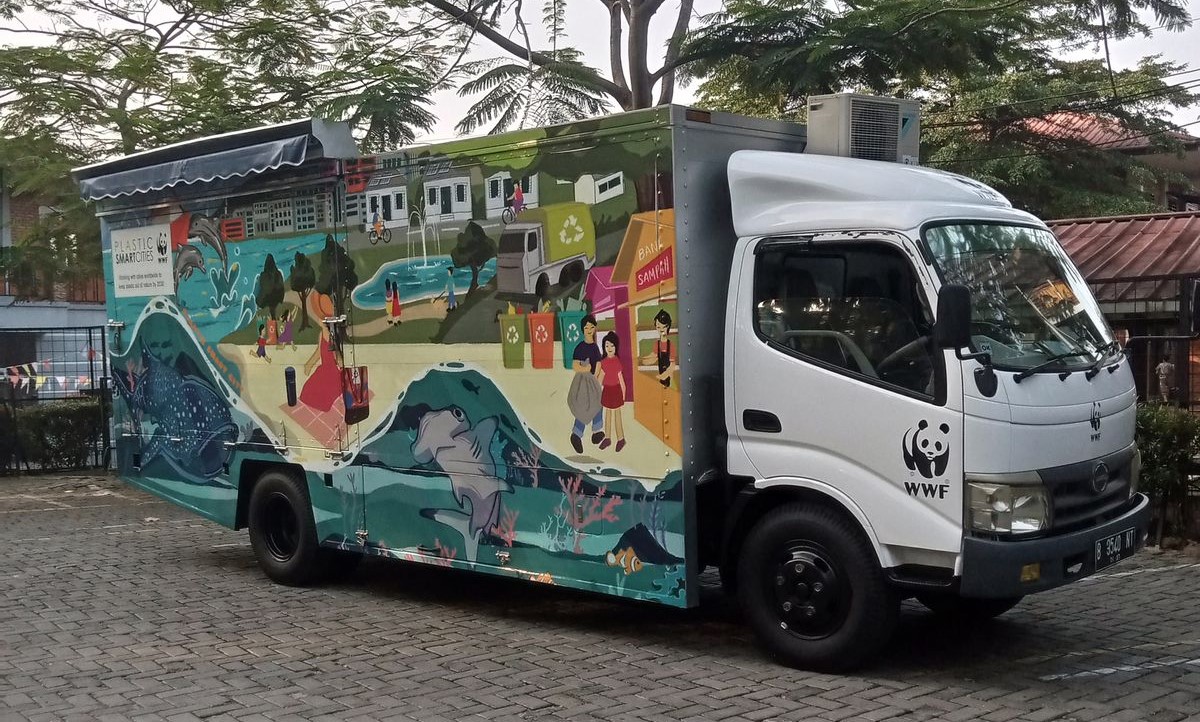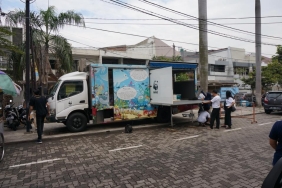PANDA MOBILE DELIVERS CONSERVATION MESSAGE FOR CHILDREN WITH SPECIAL NEEDS
By: Natalia Trita Agnika
An early morning in mid-December, a group of Panda Mobile volunteers were preparing for Panda Mobile. The drizzly weather made the schedule a little later than scheduled. It was a special moment for the Panda Mobile volunteers as they were tasked with delivering conservation messages to children with special needs.
The participants of the Panda Mobile activity were students at SARANA DAYA Foundation, Graha Simatupang, Jakarta. A total of 25 children at elementary and junior high school levels prepared to participate in various activities about the environment. The most common special need at SARANA is autism. Individuals with autism have limitations in social interaction, communication, and behavior. Another special need that is also encountered is ADHD/ADD. Children with ADHD/ADD have limitations in concentration that can be accompanied by hyperactivity and impulsive behavior.
The activity began with watching a movie on the Panda Mobile truck. The volunteers had some difficulties when organizing them to get on the truck and watch the movie. Fortunately, the teachers at SARANA school were very cooperative. They were already familiar with the children and were very helpful to the volunteers. The students were enthusiastic when watching the movie about tiger poachers.
The next activity done with the students was playing cranklek. The various animals that decorate the giant cranklek board are able to attract their attention. Moreover, the colors are very striking. They also enjoyed the game while occasionally the volunteer who accompanied them gave explanations about animals.
Panda Mobile activities are also collaborated with activities from the school, such as dancing, reading poetry, and also singing. Although the students did not ask too many questions, they were still happy after the activities. The teachers expressed their appreciation to the volunteers for knowing what the students wanted. The Panda Mobile activity showed that conservation messages can be delivered to all parties, without exception. The students and teachers gained knowledge about the environment. On the other hand, the volunteers learned how to interact with children with special needs so that they can improve their social interaction and communication skills as a volunteer.





